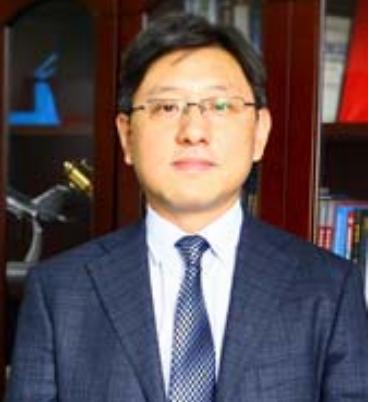Conductive patterns are widely used in conformal antenna, frequency selecting surface and smart skins. However, how to fabricate a conductive pattern on undevelopable surface is still an open problem. Ink‐jet printing with metal nanoparticles is considered as an attractive method for the direct fabrication of a conductive pattern, with low‐cost, low‐waste, and simple process. This talk presents a novel integrated printing and sintering technique for fabricating a conductive pattern on undevelopable surface. Firstly, a reduced dimension patch printing method is proposed, which uses a series of patches to approximate the undevelopable surface. These patches were rotated to the horizontal plane through the five‐axis motion system for printing and sintering, so that the surface printing gets converted to two‐dimensional printing. Secondly, a linear time‐varying system equivalent circuit model for piezoelectric print‐head (PPH) is built for analyzing the droplets dynamics. Based on that, an adaptive firing control is put forwarded, with the pressure wave self‐sensing technique of a PPH, to improve printing accuracy and expand the applicability of materials. Finally, photon sintering with power control is proposed to improve the electrical conductivity of conductive patterns. Experimental results show the effectiveness of those proposed method.
About the Speaker

Prof. Jin Huang received his Ph.D in mechanical engineering from Xidian University, Xi’an, China, in 1999. He worked at the department of mechanical engineering, the University of British Columbia, Canada, as a visiting researcher in 2001‐2002. He is a professor, dean of the school of Electro‐Mechanical Engineering, Xidian University. He is the Fellow of Chinese Institute of Electronics and served as the deputy secretary general of Electro‐mechanical Engineer Society of China. Moreover, Prof. Huang is the director of the node at Xidian University of the ELEDIA Research Center and member of the steering committee. He has published more than 80 papers in various peer reviewed journals and conference proceedings, and he holds more than 50 patents.
Contact: Prof. Paolo ROCCA